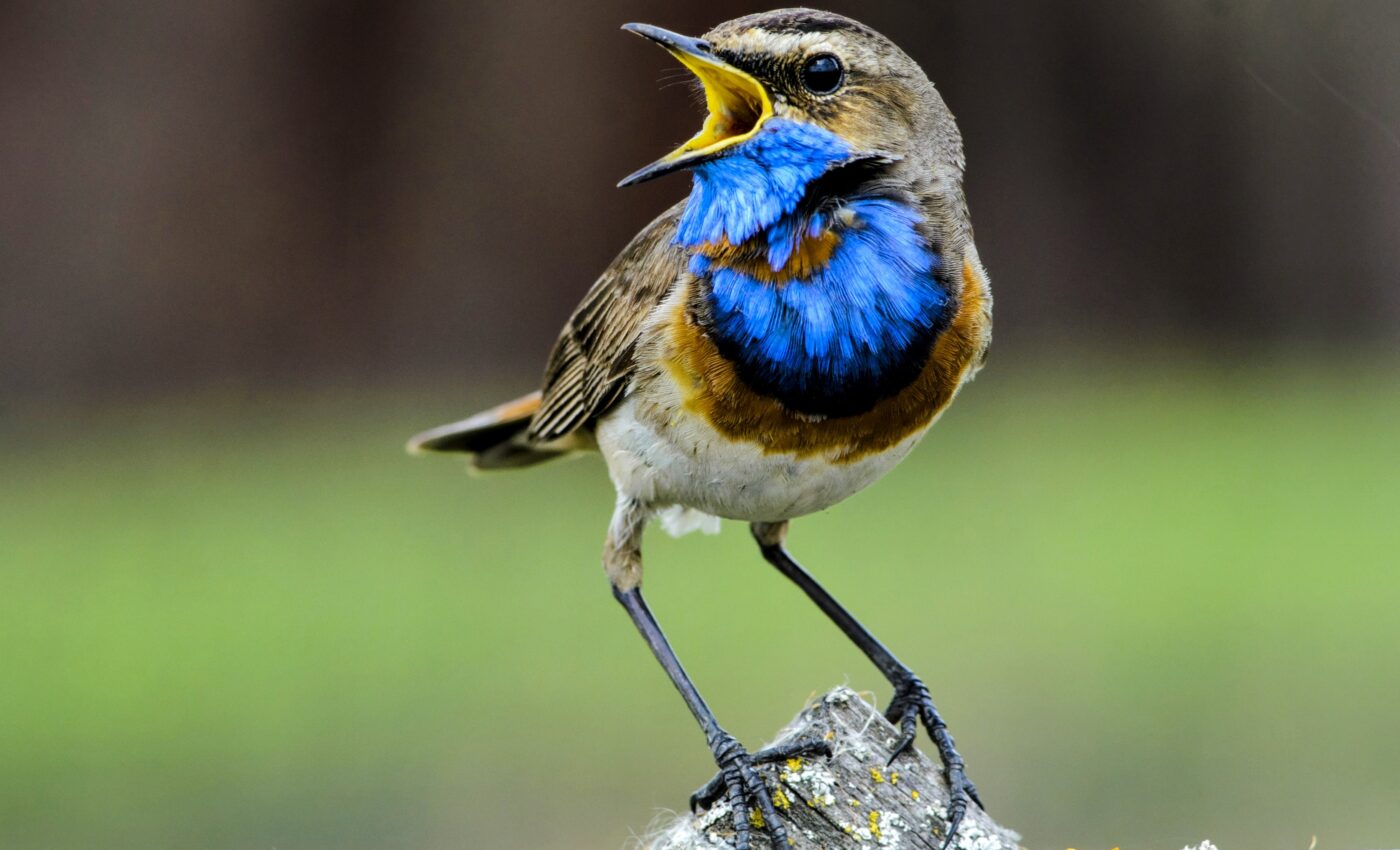
Sentinel warning calls seem to be universally understood by birds
Sentinel warning calls in birds may be universally understood, transcending continental boundaries, according to a new study.
This discovery not only expands our understanding of animal communication but also hints at an evolutionary convergence in vocal signals related to danger.
Signs of danger
The research was led by Henry Pollock, executive director of the Southern Plains Land Trust, and Jonah Dominguez, a graduate student at the University of Illinois Urbana-Champaign.
Sentinel species, like the Paridae family, are pivotal in mixed-species groups for their distinct alarm calls. These calls, like the “chick-a-dee-dee-dee” of chickadees, are recognized by various bird species, emphasizing their role as universal signals of danger.
Anti-predator behavior
“Many animals form mixed-species groups, and the thought is that this is an anti-predator behavior,” said Pollock. “There is safety in numbers, and there is a benefit to surrounding yourself with a more diverse set of eyes and ears.”
“However, you have to be able to understand the information that the others around you give to make use of it.”
Focus of the study
The research team set out to investigate whether bird communities across three continents – North America, Europe, and Asia – could interpret the alarm calls of a previously unknown sentinel, the dusky-throated antshrike, a Central and South American bird known for its sentinel role.
The study included contributions from Mark Hauber (GNDP) and international collaborators from Serbia and China.
Surprising results
The experts played warning calls of the dusky-throated antshrike to different bird flocks. They theorized that birds would react most strongly to familiar local sentinel calls. But the results were surprising.
“We expected to see some kind of response to the novel antshrike’s calls, but predicted that birds wouldn’t respond as strongly to it as their own local sentinel’s calls,” said Dominguez.
“However, we were surprised to find no statistical difference in how birds responded to the local versus foreign sentinel’s alarm call. Birds were responding to the unfamiliar antshrike’s call as if it was a bird they’ve known their whole lives.”
Universal recognition
According to the researchers, flocks of birds across all three continents responded equally as strongly to the unfamiliar antshrike’s warning calls as they did to familiar, local sentinel’s warning calls.
The experts say this finding suggests there is something to sentinel calls that makes them universally recognizable.
For messages that contain important information, such as a warning call for danger, evolution likely converges on similar sounding calls that help get across the message as quickly as possible, according to the researchers.
Central theme
“It’s possible that these calls are more readily recognized across species because they have a central theme – essentially something about them that is unique and conserved despite millions of years in evolutionary history,” explained Dominguez.
“There is research in other animals on specific amplitudes and frequencies of sound that cause innate responses, even in animals that are unfamiliar with those sounds. Our study can help researchers figure out what those acoustic elements might be for birds.”
Signal recognition
“What’s amazing is that our findings are consistent across three different continents with completely different bird communities, which suggests there is some signal encoded within these sentinel alarm calls that cause birds to respond to them, independent of previous experience with that signaler,” explained Pollock.
“This really highlights that signal recognition is not always something that has to be learned through environmental experience.”
Future research prospects
The researchers said the study opens the door to many future research directions. They noted that testing birds with the calls of other sentinels and getting more granular in terms of the behavioral responses are potential next steps.
Defining sentinel species
Dominguez wants to find the common thread among sentinel birds in an effort to standardize what is categorized as a sentinel species across the literature.
“Sentinel species are not very well defined, as the term is used nebulously for any animals that engage in mixed-species foraging and signaling,” said Dominguez.
“There’s lots of birds that we don’t typically think of as sentinels being classified as them in the literature, and others that probably are sentinels that are being overlooked. I want to figure out if there’s a common thread between them, and whether the term should be used on the species level or more on a flock level.”
The study is published in the journal Biology Letters.
Like what you read? Subscribe to our newsletter for engaging articles, exclusive content, and the latest updates.
—-
Check us out on EarthSnap, a free app brought to you by Eric Ralls and Earth.com.













